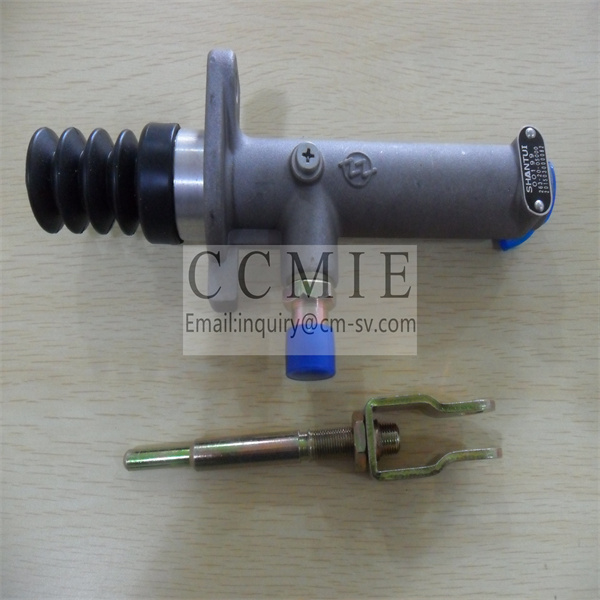Chinese XCMG XS143 Clutch master cylinder,Chinese XCMG XS123 Clutch master cylinder,Chinese XCMG XMR303 Clutch master cylinder,Chinese XCMG XMR403 Clutch master cylinder,Chinese XCMG XP303S Clutch master cylinder,Chinese XCMG XS265H Clutch master cylinder,Chinese SHANTUI XS395 Clutch master cylinder,Chinese SHANTUI XS365 Clutch master cylinder,Chinese SHANTUI XS225JS Clutch master cylinder,Chinese SHANTUI XD143S Clutch master cylinder.

